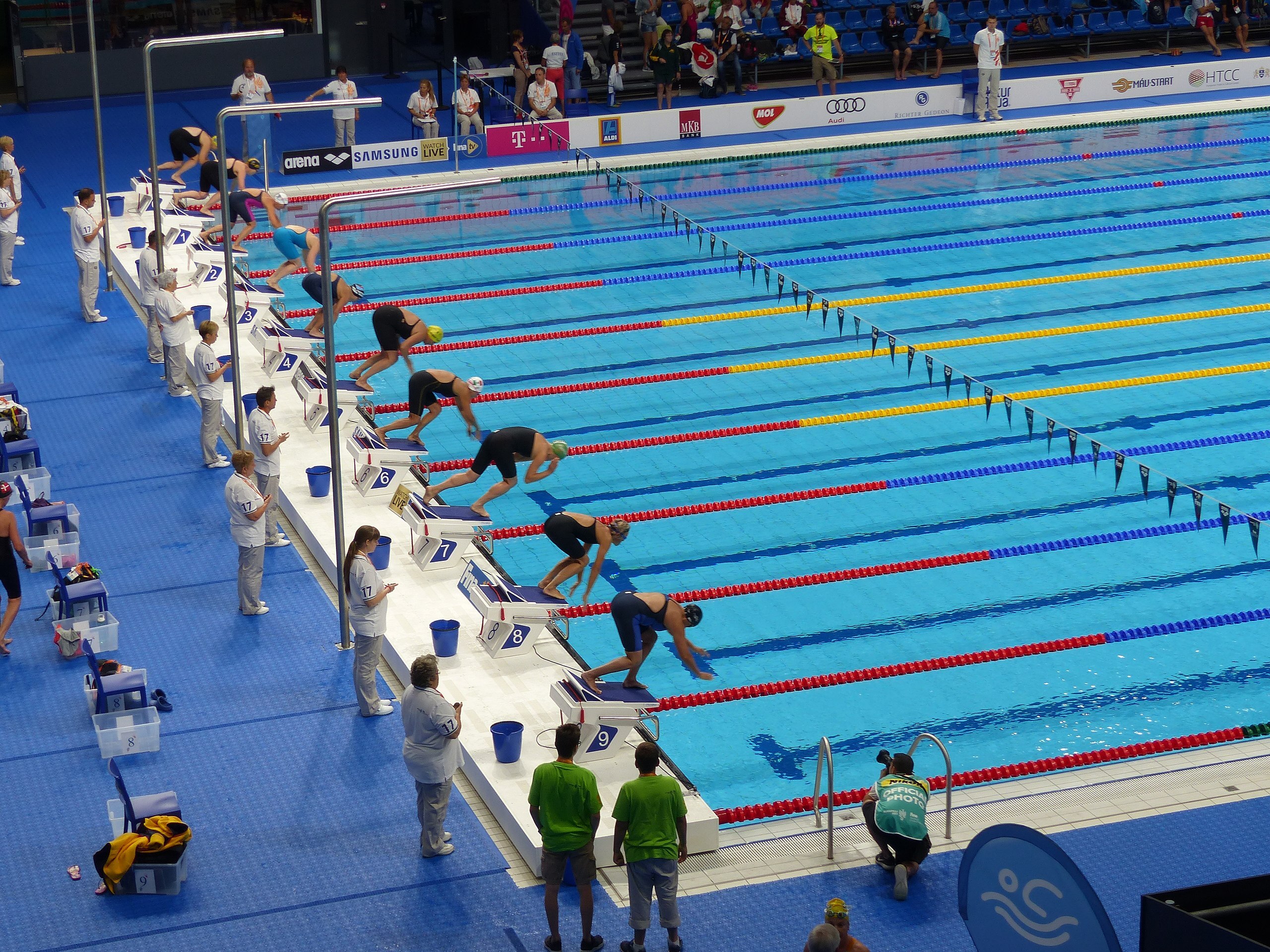The governing body, which is recognised by the IOC, voted on the matter while in Budapest, Hungary. It is unclear how they intend to practice this policy as of yet
FINA’s 152 members voted 71% in favour of the ban which aims to stop transgender women competing in their elite sports. FINA members and also curiously a Labour MP have both referred to this as “a step towards full inclusion” for transgender athletes. Which is a strange way to describe literal segregation.
FINA has stated that transgender women can still compete, providing that they have “completed transition before the age of 12 or tanner stage 2, whichever is later.” The Tanner Scale doesn’t necessarily follow the same pattern in every person and even the Wikipedia page for it remarks on how it is no longer used in forensics due to “lack of reliability”.
This will effectively end the careers of the handful of transgender women who are watersports athletes, including Lia Thomas. A transgender woman who has been targeted by transphobes online and in the media repeatedly for competing in women’s swimming.
FINA are also suggesting they will work to create an open category where transgender people can compete alongside cisgender people. This has previously been attempted with cycling, which transphobes also got upset about.
It is currently unclear exactly what evidence their panel of experts have seen. However some of them refer to the idea of beneficial effects of testosterone being retained even despite transition.
Which poses a lot of questions, first being how do you tell which trans adults transitioned before 12 or not? Note: the average age of elite swimmers is around 23 years old – how do you prove which ones of them were or were not in receipt of elevated levels of testosterone before they turned 12?
How does this policy reconcile with the fact that there are numerous cisgender women who also have higher levels of testosterone?
Disproportionately, black cis women athletes have been accused of secretly being transgender or men or having high testosterone – how does this policy intend to avoid racial biases like these?
If this policy will only be enforced against transgender athletes in particular, how does it intend to argue that it isn’t just plain discrimination?
How will this policy achieve any of this without invasions of people’s privacy and dignity?
How will this policy meld with the policy of other sporting organisations, such as the IOC, who have very different rules for transgender inclusion?
How will this policy combat the indirect discrimination it poses, given that governments around the world – including in Hungary – are working to prevent youth transitions from happening at all?
What do they mean by “completed transition” given that the current medically accepted pathway for trans youth is usually to be placed on blockers at the onset of puberty until 14-16 when hormones are prescribed?
Its my view that these rules won’t stand up to legal scrutiny and will amount to discrimination despite their best efforts not to. Not only that, but it will also put pressure on healthcare organisations to allow younger transitions to happen – something which the anti-trans forces behind campaigns such as “protecting women’s sports” also campaign against.
I expect a u-turn in due course, and mosty likely an apology.











